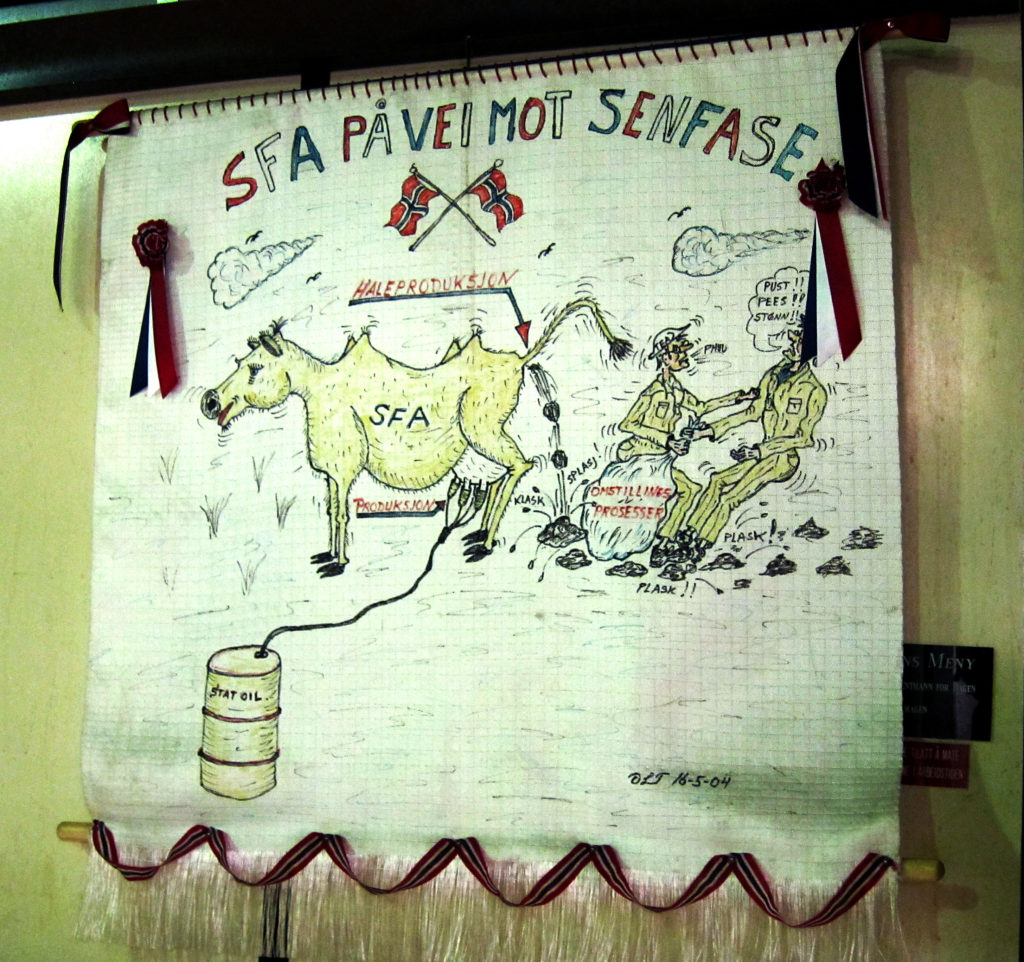Statfjord late life

A new drainage strategy for the field was approved in 2005 on the basis of an expanded plan for development and operation (PDO). This involved reducing reservoir pressure so that gas could be liberated from the remaining oil. To achieve such a reduction, a high level of liquids production would be maintained while ceasing all injection of water and gas. This new strategy was called the Statfjord late life (SFLL) project. Plans call for an increase of more than 20 per cent in gas output while the producing life of the field is extended by at least 10 years.
Production stratergy
Producing as much liquid as possible is important in order to reduce reservoir pressure. This will be ensured by a number of special gas lift wells [REMOVE]
Milestones in the SFLL project
Sources:
Konsekvensutredning Statfjord Senfase – 2004-11 (Environmental Impact Assessment Statfjord Late Life).
Boge, R, SPE, SK Lien, A Gjesdal and A G Hansen, SPE, Statoil. Turning a North Sea Oil Giant into a Gas Field – Depressurization of the Statfjord Field . SPE 96403 2005.
Rosland, Bjørn, lead planner. One project, four layers, one common interface . Statoil, 2005.
Stangeland, Egil, lead reservoir engineer. Statfjord– challenges and opportunities by converting from oil field to gas field. PowerPoint presentation, Statoil.
Statfjord late life – a new spring for Statfjord . Statoil 2009.
Tengström, Martin. Statfjord late life (SFLL) –status September 2011 . PowerPoint presentation, Statoil.

